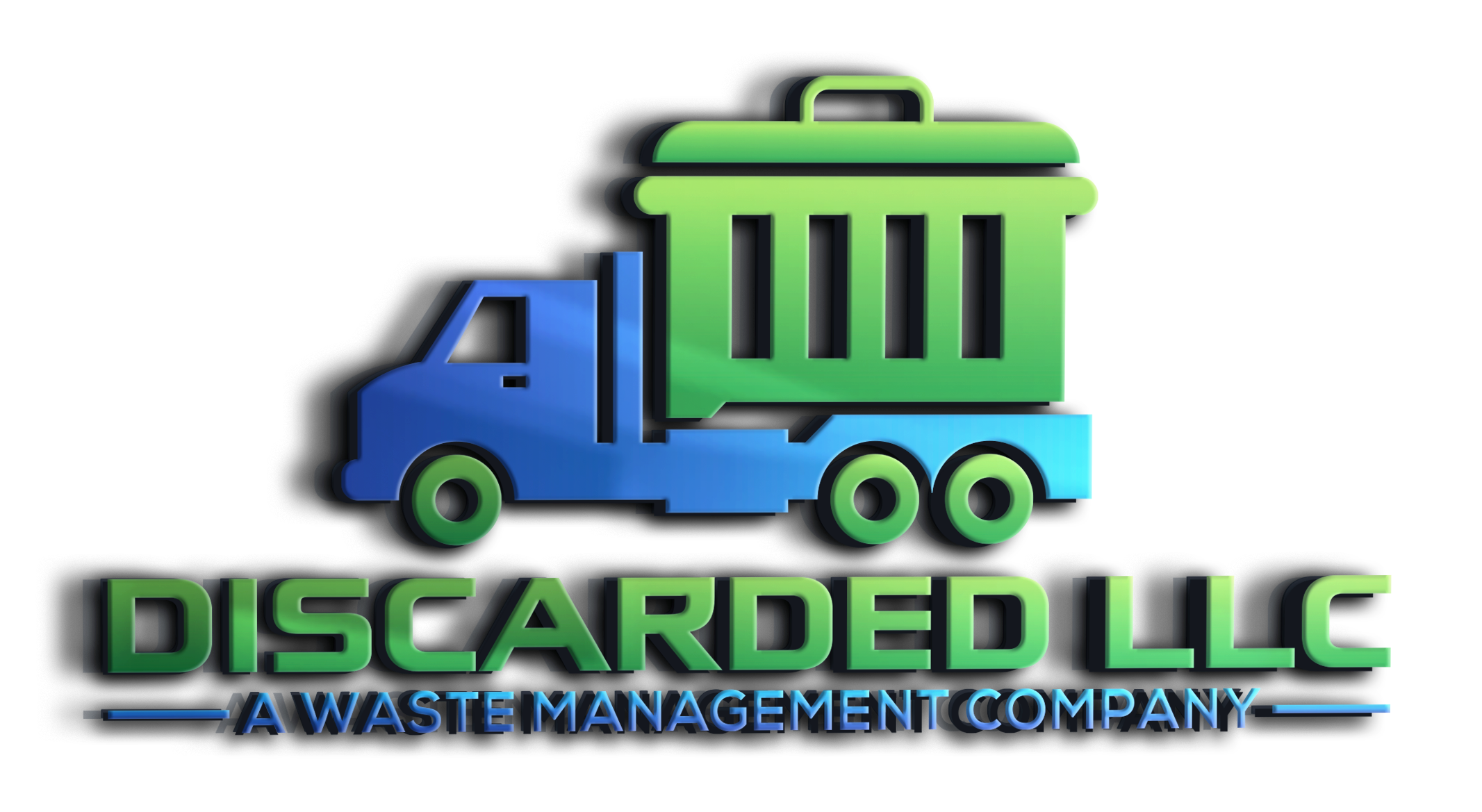
Micromaterial Mysteries: What Your Laundry Lint Reveals About Microplastic Pollution
It’s soft, fuzzy, and mostly forgotten—until it clogs your dryer filter. But did you know that laundry lint might be one of the most telling indicators of microplastic pollution in your home? In this blog post, we’ll unravel the mystery of micromaterials hiding in your everyday laundry routine and share how Discarded Junk Removal, a trusted junk removal business serving New Haven County and Fairfield County, Connecticut, is helping residents fight back with eco-friendly practices.
🧺 What’s Really in Your Laundry Lint?
Each time you wash synthetic fabrics—like polyester, nylon, or spandex—tiny plastic fibers break loose and end up in the wash water. When these fragments dry, they settle in your lint trap. Known as microplastics, they’re nearly invisible to the naked eye but cause a world of environmental damage when they escape into air or water systems.
Lint analysis reveals:
- High concentrations of synthetic fibers
- Micro-particles of plastic from clothing, rugs, and home furnishings
- A buildup of fibers that can leach into the environment if not properly disposed
🌊 Why Microplastics Matter
Microplastic pollution has surged in recent years, finding its way into oceans, drinking water, soil—and even the food chain. These particles are nearly impossible to filter once they leave your home, contributing to long-term environmental harm.
Connecticut faces similar risks, especially in densely populated areas of New Haven County and Fairfield County. Local waterways and ecosystems bear the burden of household waste runoff, making small steps at home crucial.
♻️ Ecofriendly Laundry Tips to Reduce Microplastic Spread
Want to take action? Here’s how to keep microplastics in check:
- Use a microfiber filter or laundry ball to trap particles before they enter wastewater
- Wash full loads to reduce friction between clothes
- Opt for natural fibers like cotton and linen when possible
- Air dry your clothes to skip lint-producing dryer cycles
- Clean lint traps regularly and dispose of lint in sealed trash—not down the drain or outdoors
🗑️ How Discarded Junk Removal Supports Sustainable Living
While laundry is just one front in the fight against plastic pollution, larger household items like synthetic rugs, cushions, and old appliances contribute too. That’s where Discarded Junk Removal comes in.
As a locally trusted junk removal business in Fairfield County and New Haven County, we help you:
- Dispose of synthetic and bulky items responsibly
- Recycle plastics and textiles that can’t go in weekly trash
- Clear space for ecofriendly upgrades (like new energy-efficient washers!)
- Reduce your household’s environmental footprint with mindful hauling practices
💡 Final Thoughts: The Big Picture in Tiny Fibers
Your lint trap may seem like an insignificant detail—but it’s a powerful reminder of how plastic pollution begins at home. With a few mindful changes and support from Discarded Junk Removal, you can turn your laundry room into an ecofriendly hub and protect your community’s soil and water.
Ready to clear out clutter and help protect the planet, one fiber at a time?
📞 Call us at 475-332-1908
💻 Book online: www.discardedllc.com/book
Together, let’s clean more than just clothes. Let’s clean up the future.
#discardedcanturnthistothat
#discardedcanhelpclearyourjunk

0 Comments